New computer models give us more precise measurements of what the dinosaurs actually weighed. The new method shows us that Brachiosaurus, for example, weighed five tons less than previously thought.
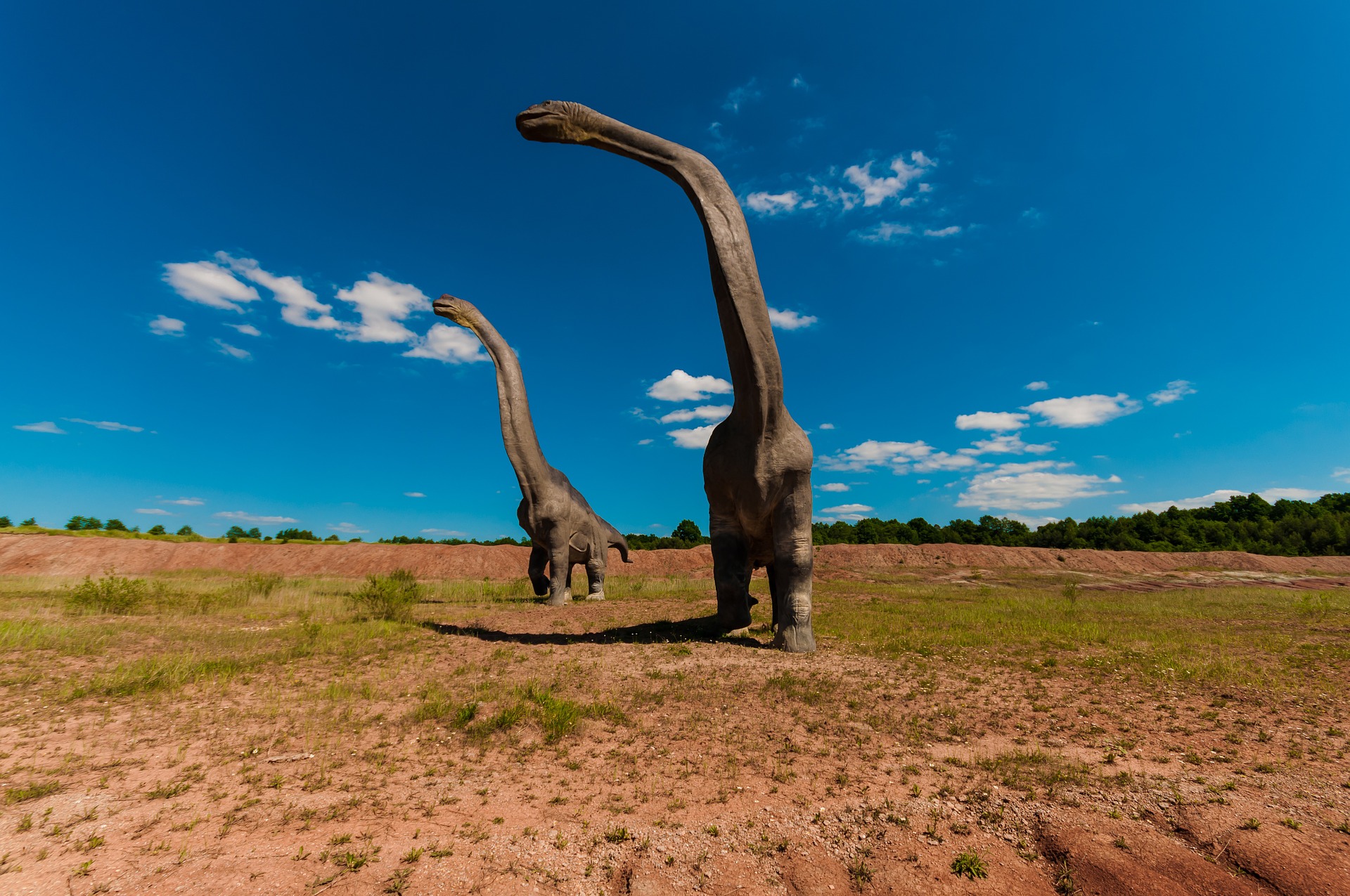
When researchers estimate the weight of a dinosaur they usually use computer models that scan the reconstructed skeleton. They then add a minimum weight of muscles, fat, and skin necessary. This method is quite accurate for smaller animals but not so much for larger animals.
New research on animals alive today shows that they are generally about 20 percent heavier than the assumed minimum weight.
The original equations were developed in 1985 and have since been used by scientists to estimate or evaluate a variety of parameters, including brain size and egg size. But the problem occurs when transforming the data, which changes the properties of the original data, and creates biases that can affect the predictive results obtained from the original equation.
The researchers followed this logic by giving dinosaur skeletons with the minimal amount of skin, fat, and muscle, and then add 20 percent.
Extrapolations from statistical models obtained by back-transformation from lines fitted to logarithms are unlikely to yield reliable predictions for body size in extinct animals. Numerous reports on the biology of dinosaurs, including recent studies of growth, may need to be reconsidered in light of our findings.
“The original equation used by scientists produces fairly accurate results when determining the mass of smaller animals, but when used on larger animals our research shows that many errors have occurred,” says Geoffrey Birchard, associate professor of environmental science and policy at George Mason University who was involved with the research. “The new equation shows that dinosaurs are much smaller than we thought, but there is no mistaking that they were indeed huge animals.”
The new estimates show that dinosaurs were slimmer than previously assumed. Brachiosaurus lost five tons of weight compared to the original estimates.
These results also change many other factors scientists base on dinosaurs weight, such as the amount of muscle required to use their bodies and how much they ate and breathed.
Reference:
G. C. Packard, T. J. Boardman, G. F. Birchard Allometric equations for predicting body mass of dinosaurs. Journal of Zoology, June 21, 2009 DOI: 10.1111/j.1469-7998.2009.00594.x

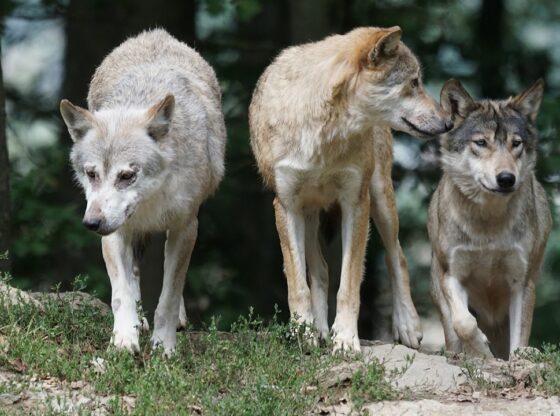
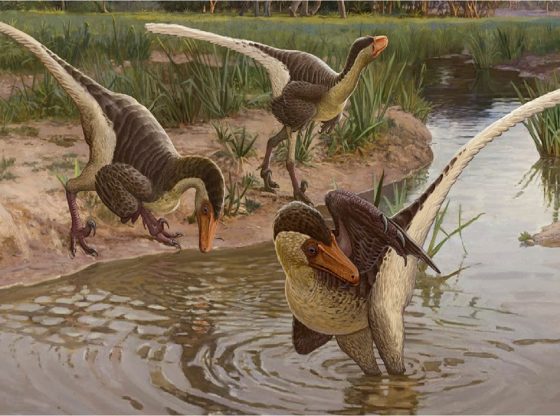


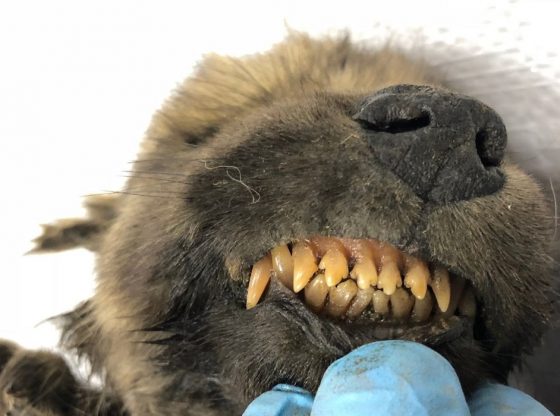
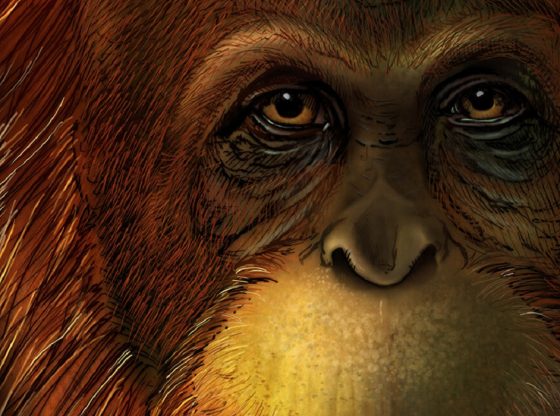


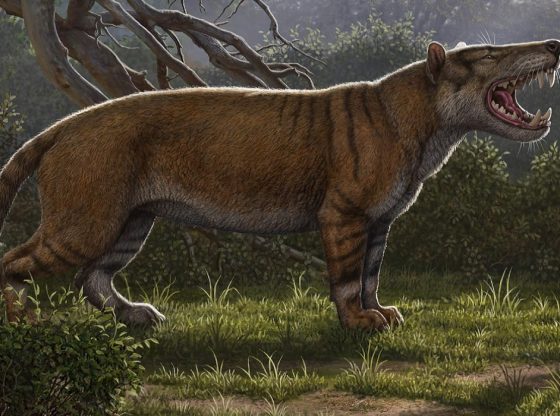

![OpenAI. (2025). ChatGPT [Large language model]. https://chatgpt.com](https://www.illustratedcuriosity.com/files/media/55136/b1b0b614-5b72-486c-901d-ff244549d67a-350x260.webp)
![OpenAI. (2025). ChatGPT [Large language model]. https://chatgpt.com](https://www.illustratedcuriosity.com/files/media/55124/79bc18fa-f616-4951-856f-cc724ad5d497-350x260.webp)
![OpenAI. (2025). ChatGPT [Large language model]. https://chatgpt.com](https://www.illustratedcuriosity.com/files/media/55099/2638a982-b4de-4913-8a1c-1479df352bf3-350x260.webp)








